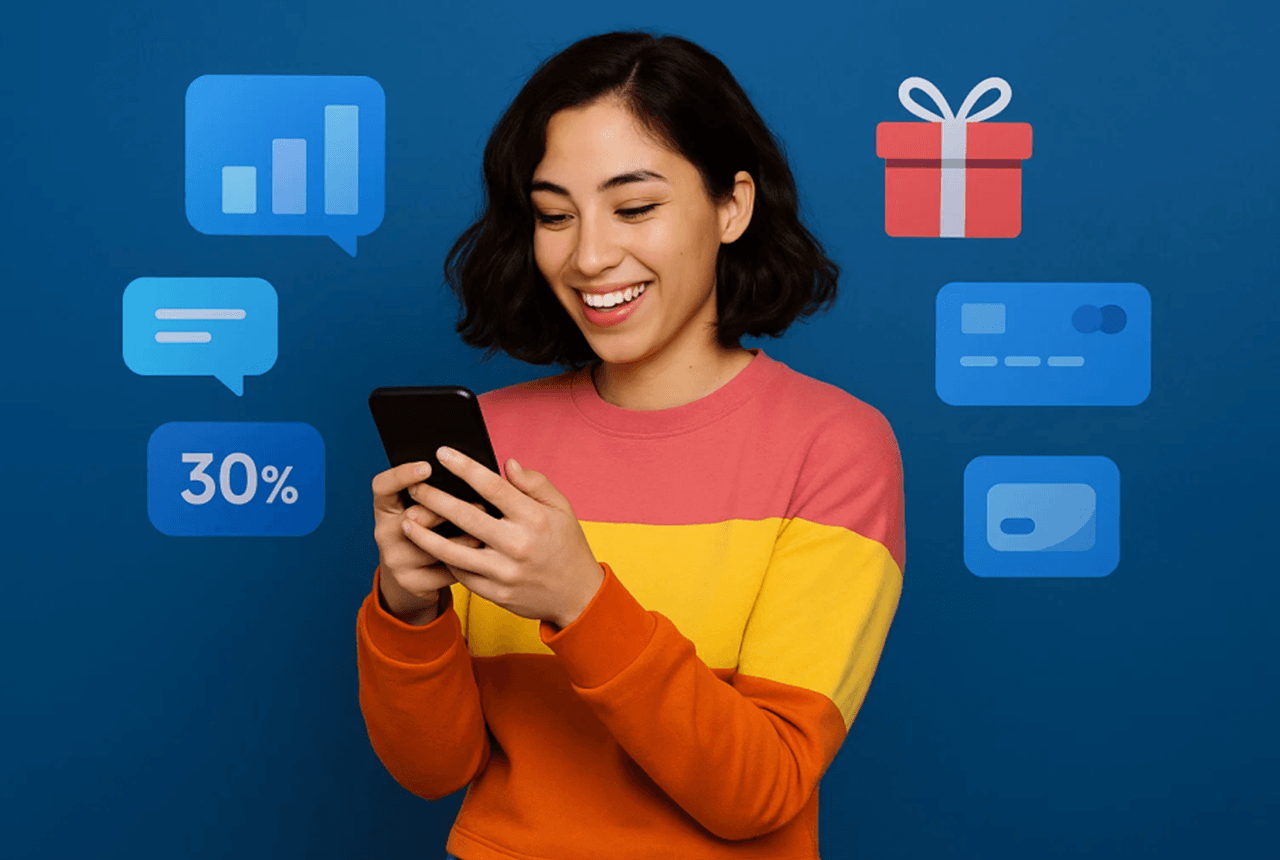How to Acquire New Customers by Leveraging Loyal Customer Insights

Acquiring new customers is one of the most vital, yet challenging, parts of growing a business. While many companies pour resources into marketing campaigns targeting cold audiences, a smarter approach is to start with the people who already know and trust you — your loyal customers. By understanding their behavior, buying patterns, and shared characteristics, you can identify high-potential prospects who are more likely to convert.
Understanding Loyal Customers: The Foundation of Acquisition
Your loyal customers are your best case studies. They’ve gone through the decision-making process, experienced your products or services, and chosen to come back. They represent the ideal buyer profile you want to replicate.
Key aspects to study:
- Buying Frequency – How often they purchase, and in what intervals.
- Average Order Value (AOV) – The typical spend per transaction.
- Preferred Products/Services – Which offerings they gravitate toward.
- Purchase Triggers – Discounts, seasonal events, product launches, or necessity.
- Engagement Channels – Email, social media, search, in-store visits, etc.
- Demographic Patterns – Age, location, occupation, and income range.
This analysis reveals not just who your loyal customers are, but why they buy from you.
Building a Lookalike Audience from Loyal Customers
Once you know the profile of your best customers, you can use this data to find similar people.
Social Media Targeting – Platforms like Facebook, Instagram, and LinkedIn allow you to upload customer lists to create “lookalike audiences” with matching traits.
Referral Programs – Loyal customers can bring in friends, family, and colleagues who often share similar interests and needs.
Partnership Marketing – Collaborate with brands that have overlapping but non-competing audiences to reach people with similar behaviors.
Using Behavioral Data to Personalize Outreach
Cold audiences are harder to convert, but if you approach them with the right messaging based on loyal customer behavior, your odds increase. For example:
- If your loyal buyers tend to purchase at the end of the month, target ads or offers to new prospects in that same period.
- If your loyal customers respond strongly to “bundle offers,” present similar value-driven bundles to prospects.
- If high-value customers tend to buy after reading reviews, make testimonials and case studies central in your new customer campaigns.
Identifying Cross-Sell and Upsell Opportunities for New Customers
Your loyal customers’ journey often includes expanding purchases over time — starting small and then moving to premium products or add-ons. Map this journey and apply it to new customers by:
- Designing progressive offers that encourage gradual upgrades.
- Highlighting product pairings that loyal customers frequently buy together.
- Sending targeted follow-up emails post-purchase to encourage the next logical step.
Humanizing the Brand Experience
One reason loyal customers stay is the emotional connection they have with your brand. Use that same human touch in your acquisition efforts:
- Share loyal customer success stories in marketing campaigns.
- Showcase behind-the-scenes content to build trust early.
- Offer first-time buyers the same perks your loyal customers enjoy, such as priority support or surprise bonuses.
The Data-Driven Acquisition Cycle
The most successful businesses don’t just use loyal customer data once — they make it a constant feedback loop:
- Gather data on loyal customers.
- Identify patterns and traits.
- Target new customers who match those traits.
- Onboard them with similar triggers.
- Nurture them into becoming loyal themselves.
- Repeat the process.
Final Thoughts
Acquiring new customers doesn’t have to be a shot in the dark. Your loyal customers already hold the blueprint for who your best future customers will be. By studying their behavior, buying patterns, and emotional drivers, you can create highly targeted campaigns, shorten sales cycles, and improve acquisition ROI — all while strengthening the community around your brand.